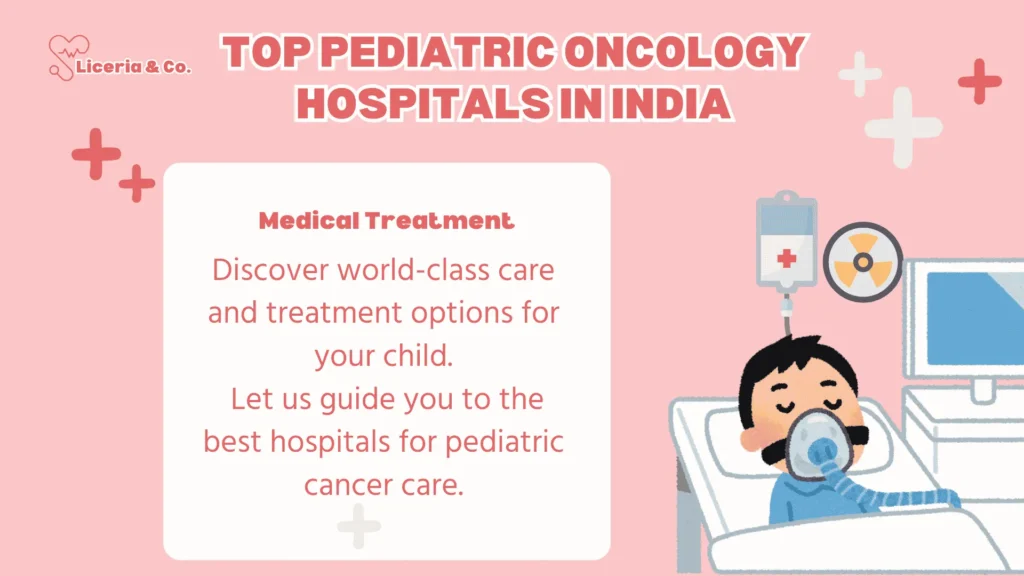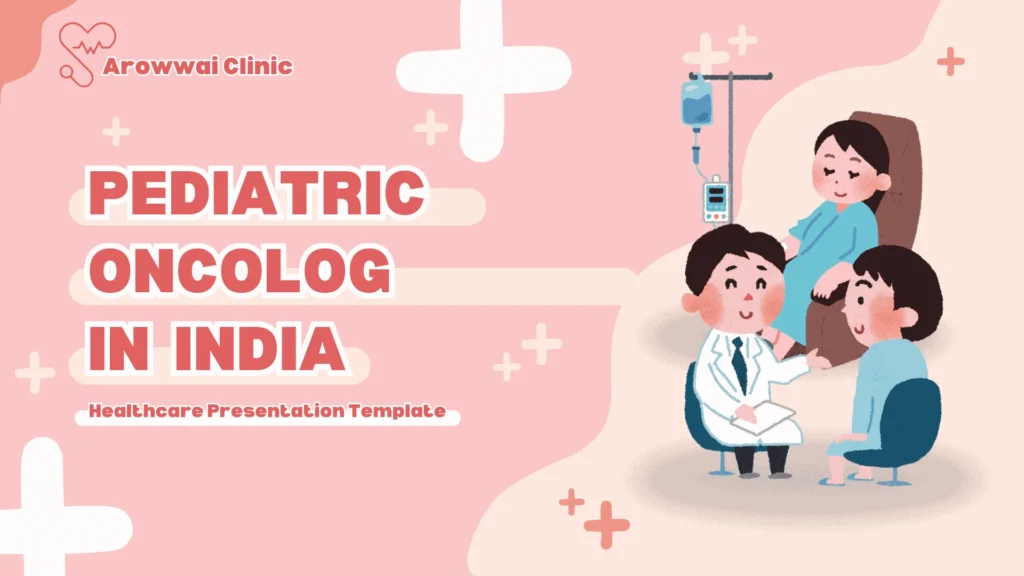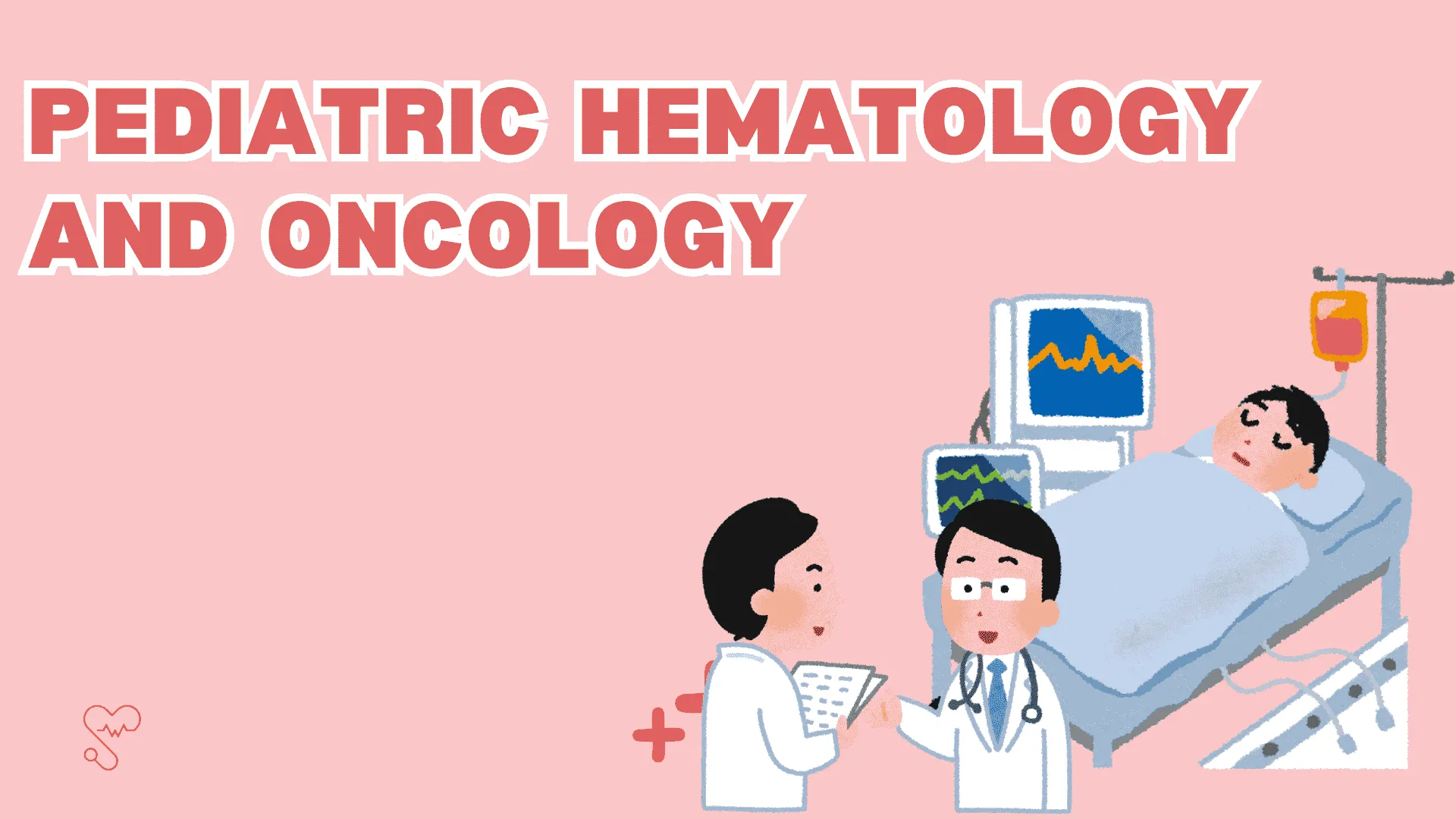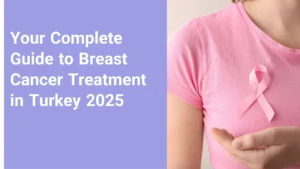Pediatric Oncology in India
When a child is diagnosed with cancer, it can be an overwhelming and terrifying experience for the entire family. However, finding the right care can make a world of difference. In India, pediatric oncology has come a long way, offering world-class treatments and life-saving therapies for children. The combination of advanced medical technology, highly skilled specialists, and compassionate care has made India one of the most sought-after destinations for cancer treatment for children worldwide.
India is home to some of the best pediatric oncologists and hospitals, providing hope and healing to young patients. The country offers cutting-edge treatments, innovative therapies, and affordability, making it a top choice for families seeking high-quality care for their children.
Why India Is a Leading Destination for Pediatric Cancer Treatment
India has become one of the top destinations for pediatric cancer treatment due to several key factors that make it stand out. Here’s why families from around the world are choosing India for their children’s cancer care:
-
Advanced Medical Infrastructure: India is home to hospitals with world-class facilities, offering the latest cancer treatment technologies, such as proton therapy and robotic surgery.
-
Affordable Treatment: Compared to Western countries, the cost of cancer treatment in India is significantly lower, making it more accessible for families worldwide.
-
Highly Skilled Pediatric Oncologists: India boasts some of the best pediatric oncologists, many of whom have been trained internationally and specialize in treating a wide range of pediatric cancers.
-
Comprehensive Care: Indian hospitals provide a multidisciplinary approach to cancer treatment, ensuring that every child receives personalized care from a team of experts, including oncologists, surgeons, radiologists, and more.
-
Success Rates on Par with Global Standards: The success rates of pediatric cancer treatment in India are comparable to those of leading cancer centers in the U.S. and Europe.
-
Support for International Patients: Hospitals offer services like medical visa assistance, language interpreters, accommodation, and travel support, making it easier for international families to access care.
India’s combination of advanced technology, expert doctors, and affordable treatment makes it a trusted destination for pediatric cancer care.

Top Pediatric Oncology Hospitals in India
When it comes to pediatric cancer treatment, India offers several hospitals that are recognized globally for their excellence. These hospitals have dedicated pediatric oncology departments that specialize in treating children with cancer. Here are some of the top hospitals:
Tata Memorial Hospital, Mumbai
Tata Memorial Hospital is one of India’s most renowned hospitals for cancer treatment. Known for its expertise in pediatric oncology, it offers comprehensive cancer care for children. The hospital provides access to advanced treatments like chemotherapy, radiotherapy, stem cell therapy, and more.
AIIMS (All India Institute of Medical Sciences), Delhi
AIIMS is one of the most prestigious medical institutions in India. With its dedicated pediatric oncology department, AIIMS provides world-class cancer treatment for children. The hospital is known for its research-driven approach, cutting-edge technology, and highly skilled oncologists.
Apollo Hospitals, Chennai
Apollo Hospitals in Chennai is a global leader in cancer care and one of the best hospitals for pediatric oncology in India. The Apollo Proton Cancer Center in Chennai is particularly recognized for its proton therapy, which is highly effective for treating tumors in children with minimal damage to healthy tissues.
Christian Medical College (CMC), Vellore
CMC Vellore is another leading institution in India, offering specialized care for pediatric cancer patients. The hospital combines advanced diagnostic methods with a multidisciplinary approach to ensure the best outcomes for children undergoing treatment.
Renowned Pediatric Oncologists in India
India is home to some of the most experienced pediatric oncologists, who have treated thousands of children with cancer. These doctors are not only highly skilled but also compassionate, ensuring that both the children and their families receive the support they need throughout the treatment process. Some of the leading pediatric oncologists include:
-
Dr. Rakesh Jalali – A renowned pediatric oncologist who specializes in advanced proton therapy applications.
-
Dr. Rajendra Badwe – A well-known name in the field of pediatric oncology, Dr. Badwe has contributed to the development of innovative treatment protocols.
-
Dr. Ashu Abhishek – An expert in radiation oncology, Dr. Abhishek is known for his pioneering work in treating pediatric cancers.
-
Dr. Anupam Sibal – An expert in treating rare pediatric cancers and offering cutting-edge treatment options.

Pediatric Cancer Treatments Available in India
India offers a wide range of treatments for pediatric cancer, ensuring that children receive the best care possible. Some of the advanced treatments available in India include:
-
Chemotherapy and Radiation Therapy: Common treatments used to target and destroy cancer cells. Many hospitals in India offer state-of-the-art chemotherapy regimens and radiation therapy, including targeted therapies.
-
Proton Therapy: One of the most advanced forms of radiation therapy, proton therapy is available at leading hospitals like the Apollo Proton Cancer Center. This treatment allows for more precise targeting of tumors, minimizing damage to surrounding healthy tissue.
-
Robotic Surgery: Robotic-assisted surgeries are becoming more common in pediatric oncology in India. These surgeries are minimally invasive and provide faster recovery times and less pain for young patients.
-
Bone Marrow Transplants: For children with blood cancers like leukemia, bone marrow transplants are often required. Indian hospitals offer this procedure with high success rates.
-
Immunotherapy: This cutting-edge treatment boosts the child’s immune system to fight cancer more effectively.
If you’re still trying to figure out where to begin, don’t worry—we’ve put together a helpful guide to the best cancer hospitals in India. It covers everything from top facilities to patient reviews, so you can feel more confident about your next step. You’re not alone in this—we’re here to walk with you every step of the way. 💙
Pediatric Hematology and Oncology
Pediatric Hematology and Oncology focuses on two critical areas of healthcare for children:
-
Pediatric Hematology: Specializing in the diagnosis and treatment of blood-related disorders in children, such as leukemia (blood cancer), anemia, hemophilia, and other blood conditions that affect a child’s health and development.
-
Pediatric Oncology: Focusing on the treatment of cancers in children, including common types like leukemia, brain tumors, lymphomas, and solid tumors. Pediatric oncologists work to provide innovative and compassionate care tailored specifically to young patients.
Together, this specialty provides comprehensive care to children facing serious blood disorders and cancers, offering the latest treatments and therapies to improve outcomes and quality of life.
Success Rates in Pediatric Oncology in India
The success rates for pediatric cancer treatment in India are comparable to global standards. Thanks to the advanced treatments and expert care available in Indian hospitals, many children experience remission and long-term survival. Survival rates for childhood cancers such as leukemia, lymphoma, and brain tumors have significantly improved in recent years, making India an attractive destination for families seeking the best possible care for their children.
Cost of Pediatric Oncology Treatment in India
| Treatment Type |
Approximate Cost (USD) |
Details |
| Blood Disorders (e.g., Leukemia, Anemia) |
$1,800 – $5,000 per cycle |
Costs for treating blood cancers or conditions like leukemia or anemia can vary based on the treatment plan. |
| Chemotherapy |
$360 – $2,400 per cycle |
Standard chemotherapy costs for children with cancer, including blood cancers. |
| Radiotherapy |
$2,400 – $6,000 |
The cost of radiation therapy, used in conjunction with chemotherapy for blood cancers and tumors. |
| Stem Cell Transplant |
$15,000 – $25,000 |
Stem cell transplants, commonly used for blood cancers like leukemia, are available at top hospitals. |
| Bone Marrow Transplant |
$18,000 – $30,000 |
Treatment for severe blood disorders like thalassemia or leukemia requiring bone marrow transplants. |
Additional Notes:
-
Affordability: The costs in India are significantly lower compared to Western countries, with the same advanced treatment options.
-
Support Programs: Many hospitals in India, including those specializing in pediatric hematology and oncology, offer financial support, including insurance assistance and charity programs, making care more accessible.
-
Package Deals: Some hospitals offer package deals that include consultation, diagnosis, treatment, and post-care, which can be a cost-effective option for international families.
When considering cancer treatment options, cost is an important factor for many patients. India offers a highly cost-effective solution for cancer treatment, providing world-class care at a fraction of the price compared to Western countries. For a detailed breakdown of treatment costs and more information on how you can save, check out our article on cost of cancer treatment in India.
FAQ
What is pediatric oncology?
Pediatric oncology is a medical specialty focused on diagnosing and treating cancer in children, addressing their physical and emotional needs.
What are the most common childhood cancers in India?
Leukemia, lymphoma, and central nervous system tumors are the most common childhood cancers in India.
Why is diagnosing childhood cancer in India challenging?
Limited diagnostic facilities, especially in rural areas, and delays in diagnosis create challenges for pediatric oncology.
How prevalent is childhood cancer in India?
Childhood cancer accounts for about 4% of all cancer cases in India.
What is the incidence rate of childhood cancer in India?
The incidence rate is 108 per million in metropolitan cities, 86 per million in urban areas, and 53 per million in rural areas.
What treatments are used in pediatric oncology?
Treatments include chemotherapy, radiation, surgery, and in some cases, immunotherapy or bone marrow transplants.
Why are survival rates lower in India?
Delayed diagnosis and socioeconomic factors contribute to lower survival rates compared to high-income countries.
How available are specialized pediatric oncology units?
Only 41.6% of public tertiary hospitals in India have specialized pediatric oncology units.
How can pediatric oncology in India be improved?
A national policy, increased access to early diagnosis, and expanded specialized centers are essential for improvement.






